Cuban Architectures: The Third Space
Before Yesterday – Yesterday – Today
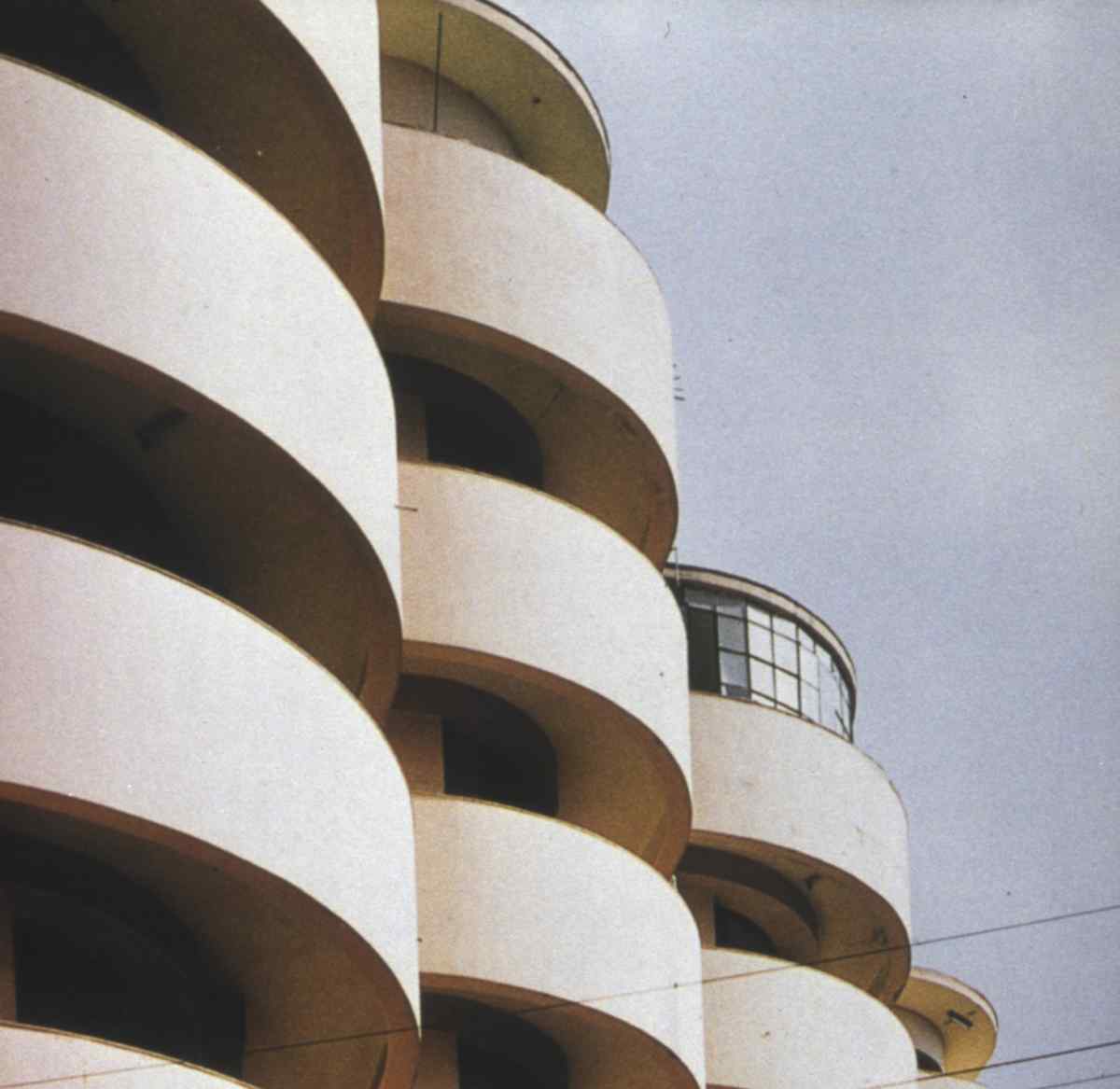
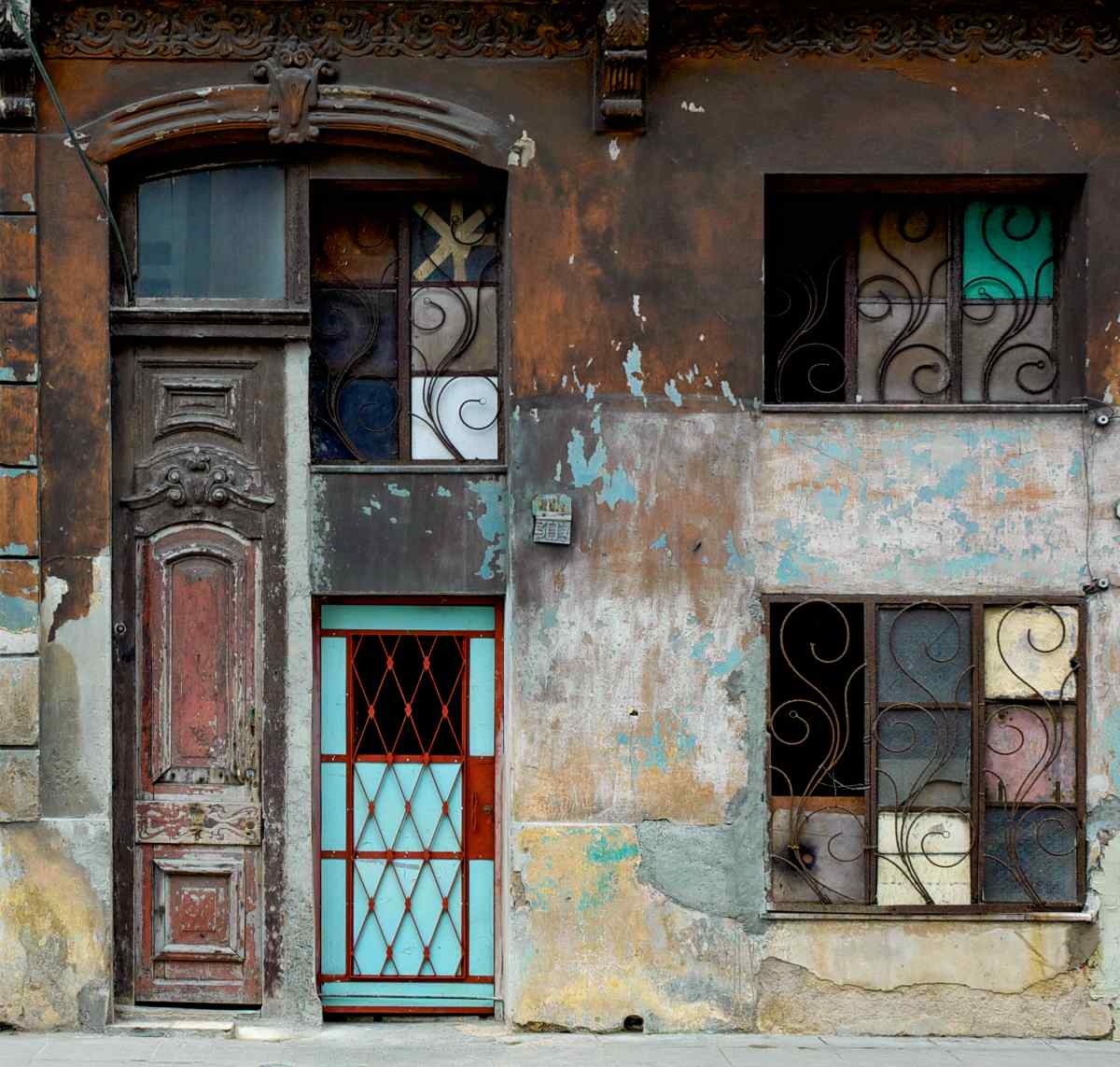

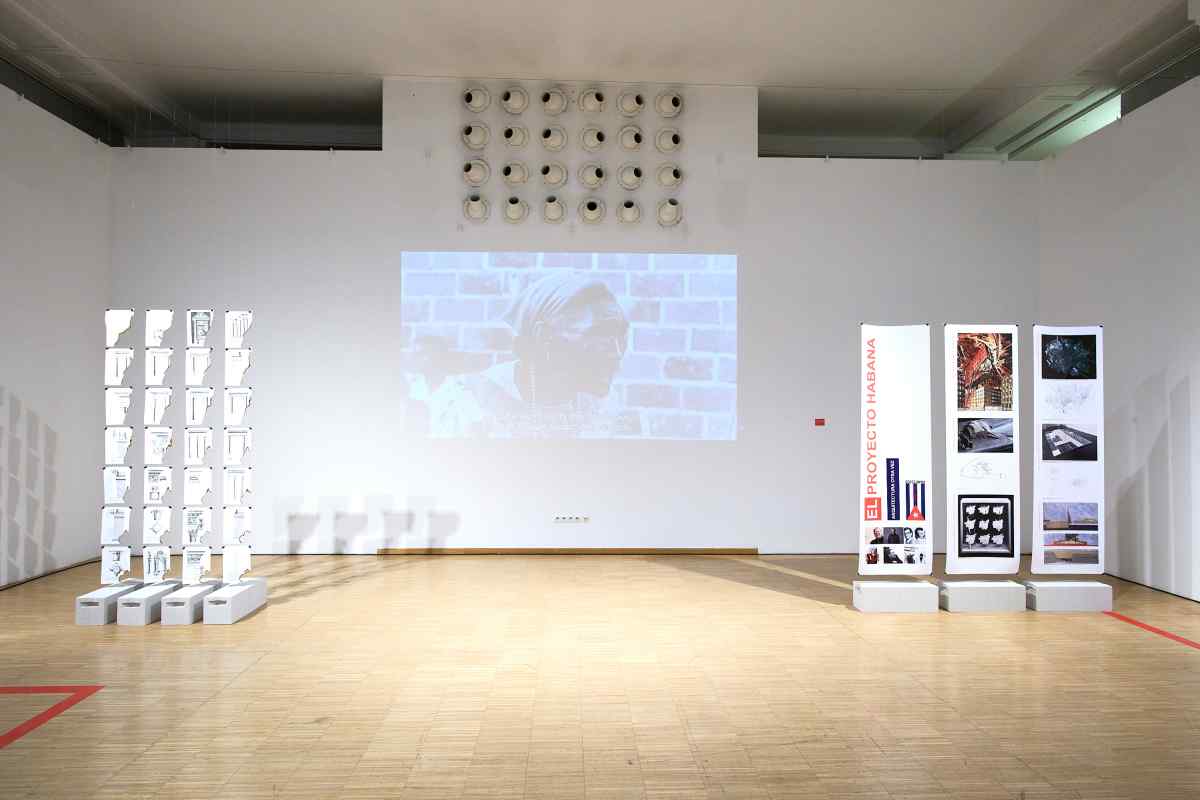
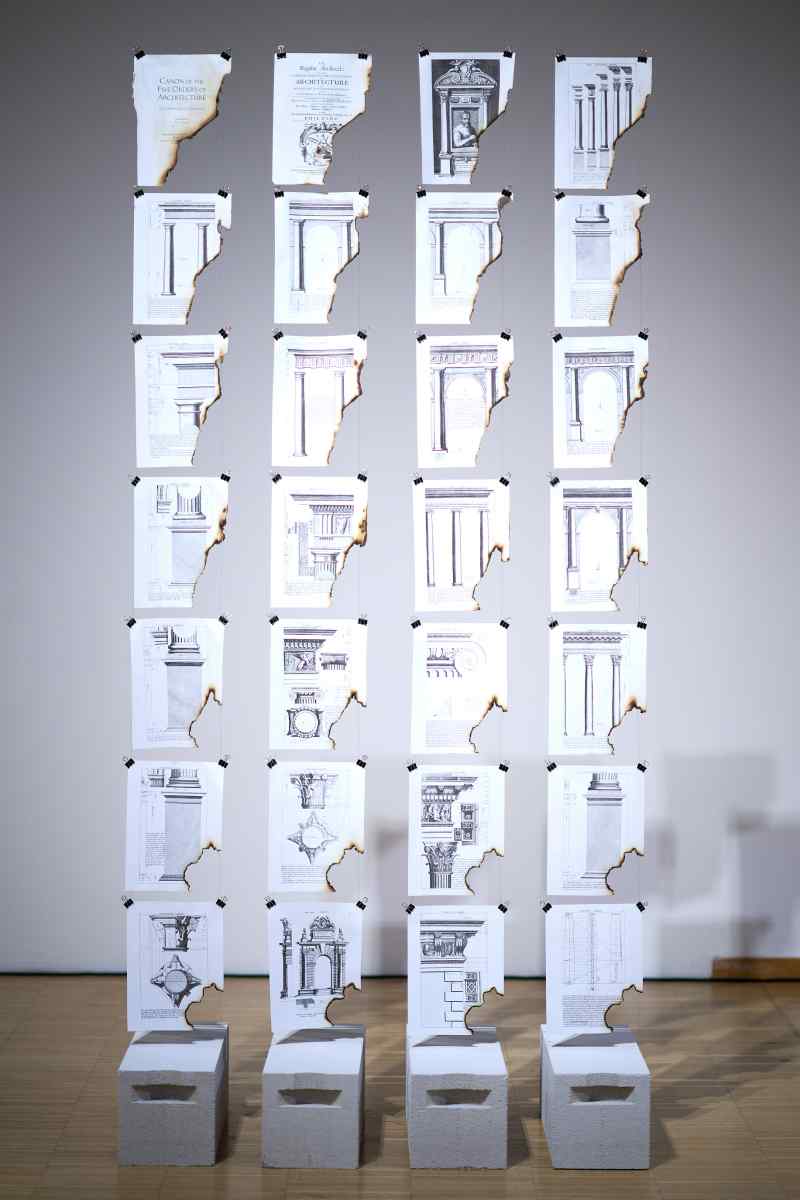
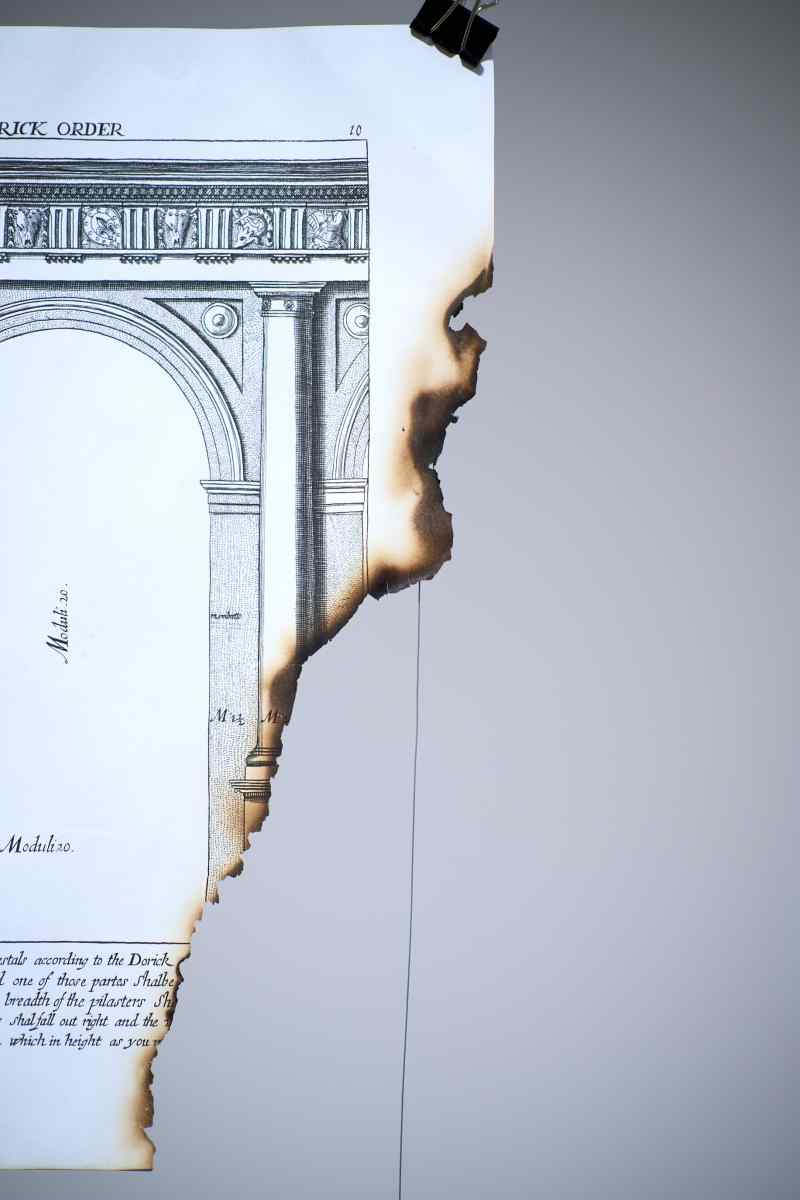
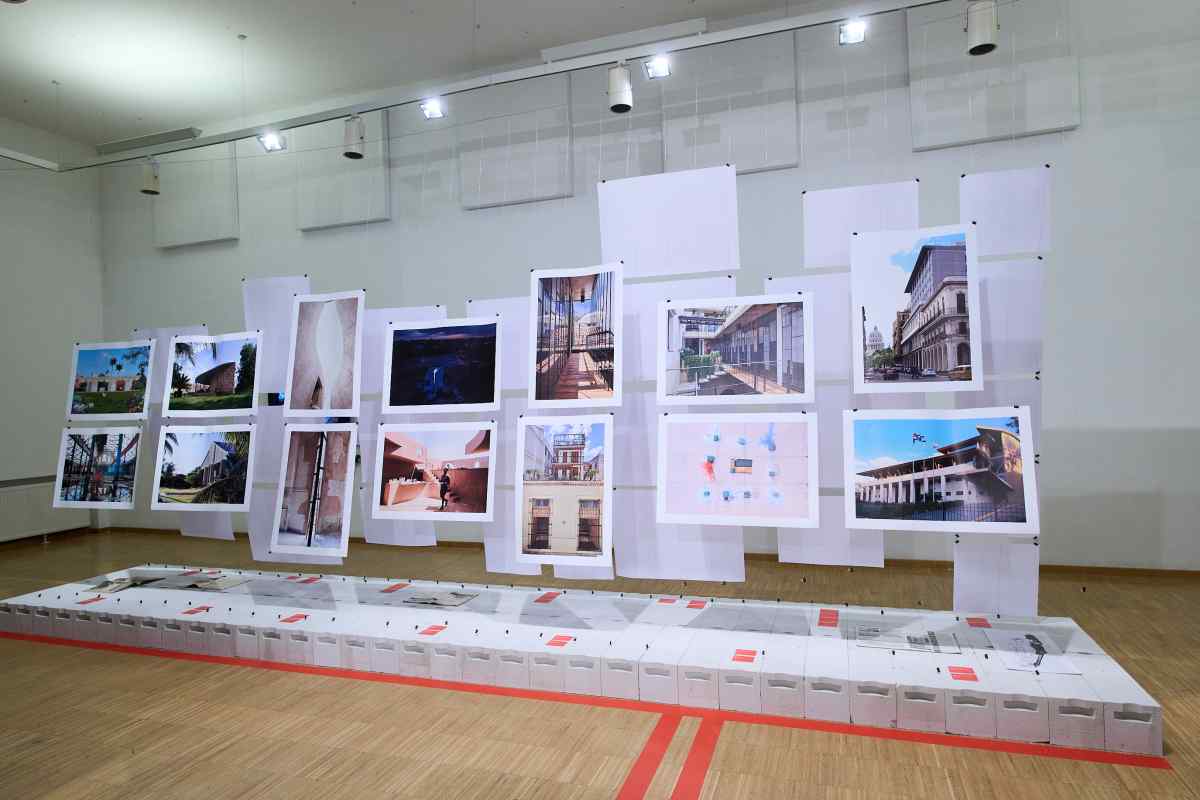
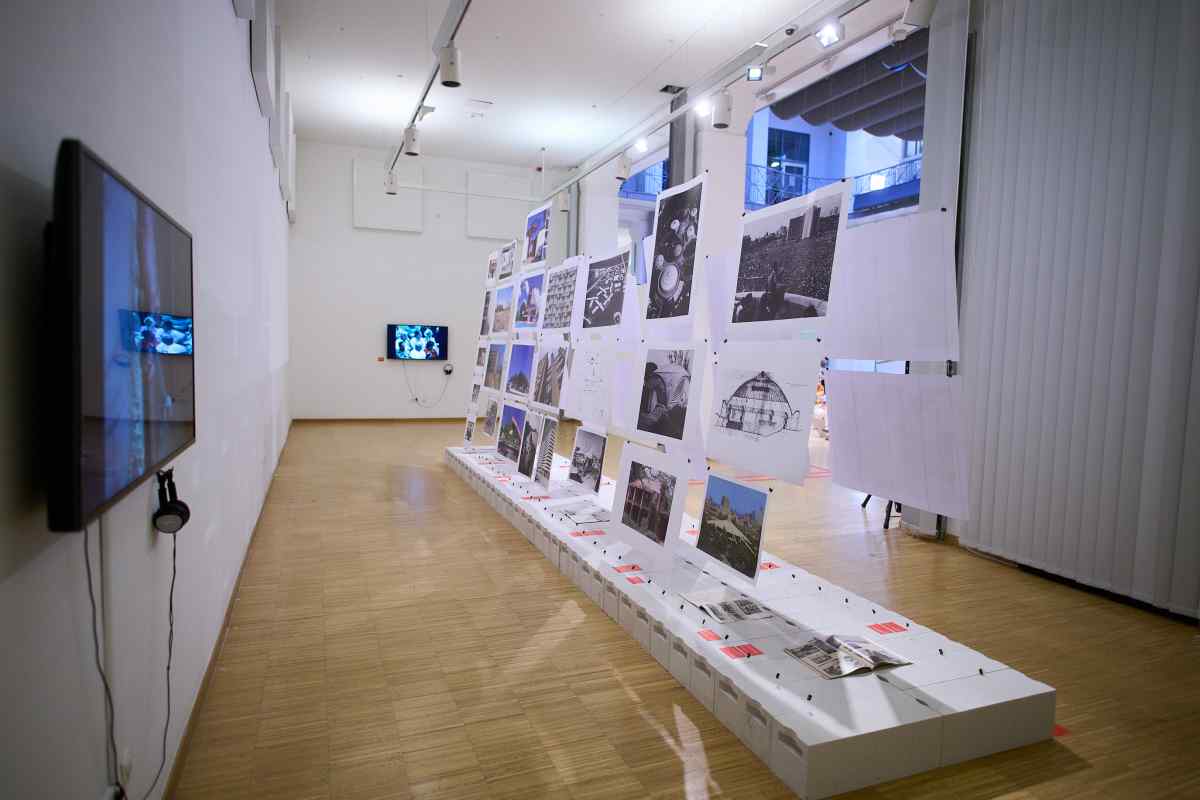

Cuban Heritage Collection (CHC), University of Miami Libraries.
Peter Noever
Julia León y José Antonio Choy
Victor Deupi & Jean-François Lejeune
Getty Research Institute
Neutra Institute for Survival Through Design
University of Pennsylvania, Stuart Weitzman School of Design, Architectural Archives
Università Iuav di Venezia
OginoKnauss
AJNA Films & The Room
Cuba is a complex country, with a history that is difficult to tell without touching on political issues. The Cuban revolution has sympathizers and detractors, which means that two languages are spoken in Cuba: one institutionalized but stagnant, the other in turmoil but marginalized.
This dichotomy has characterized the Cuban narrative over the years, with binary oppositions such as wealth and poverty, blockade and sovereignty, reality and fiction, present and future, left and right, here and there. These concepts project, on the one hand, a positive vision of Cuban history, and on the other, a reality of shortages, censorship, and power.
This logic, consisting of two ways of perceiving and acting on reality, is ultimately a system in which opposites are constructed and reinforced in an infinite closed circuit. Imagine two cultural blocks that are virtually irreconcilable and maintain rigid linear narratives. Their only possible tangency is in social exchange outside the politicized language that, like a magnet, keeps both poles distant. With this exhibition, we want to create an intermediate space of coexistence and dialogue through architecture, where the Cuban reality can be imagined beyond ideology.
The exhibition “Cuban Architectures: The Third Space” does not seek to narrate a scrupulous history of Cuban architecture, but rather tries to expose, in three major groups, the complexity of the context that has given rise to the different modes of cultural production on the island: Before yesterday (between the “Burning of Vignola” and the triumph of the Revolution), Yesterday (between 1959 and 1995, with the publication of the Havana Project), and Today (the new millennium). The way in which these three stages coexist creates a liminal space that destabilizes binary logics; a hybrid identity that seeks to escape the structural manifestation of power in culture and puts the visitor at the center of the narrative. The visitor, rather than a passive spectator, becomes an active entity capable of interpreting the material individually and generating their own conclusions about Cuban history and its present.
The exhibition is designed to respect this block structure, which is articulated through the “Today.” The central space is an area for conversation and observation, from which one can access the blocks of “Before Yesterday” on one side and “Yesterday” on the other.
Thinking of Cuban architecture as an in-between place implies opening up possibilities for cultural hybridity that do not seek to mask differences but rather present them without hierarchies. We do not want to dictate what to think or how to “read” the Cuban reality; perhaps this position of disinterested openness is the most effective invitation to explore critical readings. The dynamics of the Third Space allow us to create a framework for free expression whose existence is subject to a re-reading and re-imagination of the present. To quote Indian-Brit critical theorist Homi K. Bhabha, by exploring this Third Space, we can “elude the politics of polarity and emerge as the other of ourselves”.